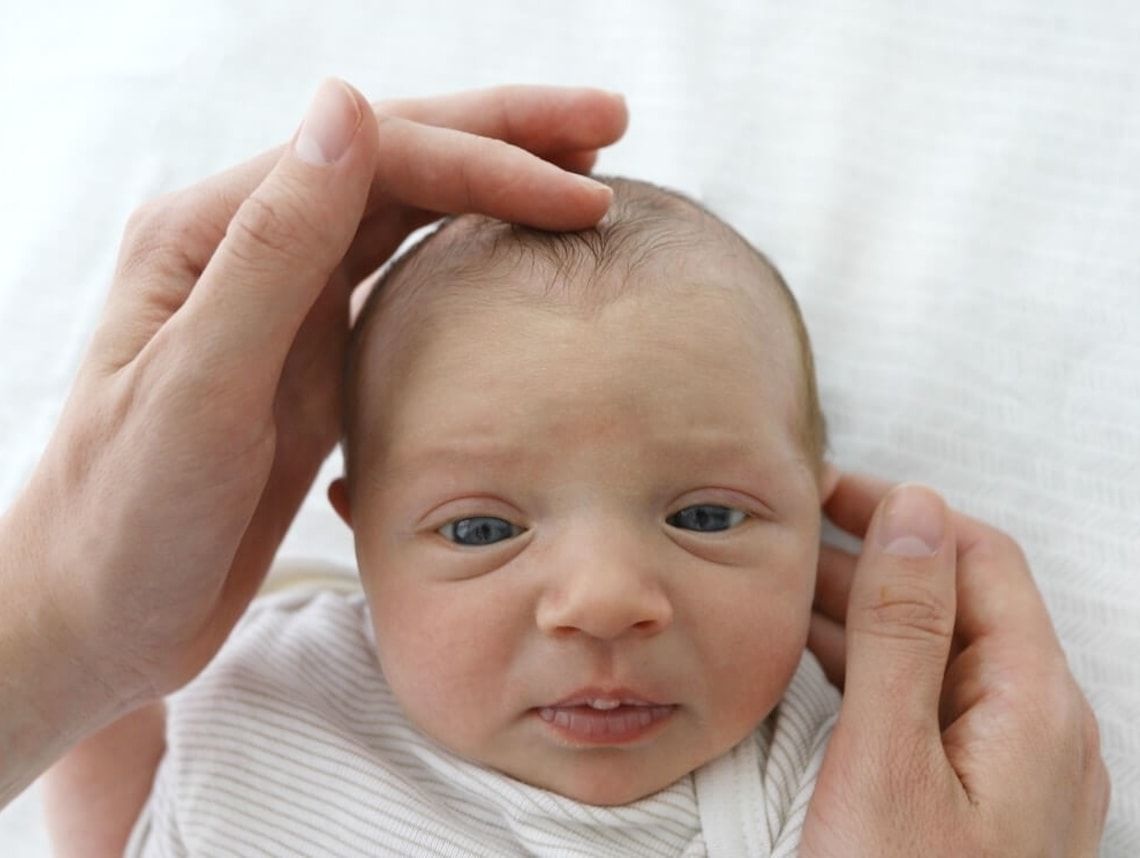Being a parent — or any adult who’s the main provider for a child — comes with many beautiful moments with your little one. It also comes with a lot of stress; especially if your child is ill. And when you hear the words pediatric stroke, it’s understandable to agonize over what it all means for the health of your child. What does the condition entail, and what can you do to ensure proper treatment?
What is a stroke?
A stroke is an interruption to the blood supply to the brain. It can be caused by a blood clot (known as an ischemic stroke), or when a blood vessel ruptures and bleeds into brain tissue (known as a hemorrhagic stroke). They should always be treated as an emergency – since brain cells die when they are deprived of oxygen. If too many brain cells are affected, the child won’t be able to perform the functions controlled by that side of the brain. Strokes can happen at any age, including babies.
Pediatric Stroke Signs and Symptoms
It’s important to recognize the early signs of a pediatric stroke since they are often missed in children – especially in very young ones.
In Newborns and Infants
- Using mostly one side of the body
- Sleeping more than usual
- Decreased movement
- Seizures
In Children and Teens
- Severe headaches
- Drowsiness
- Loss of coordination
- Numbness of the face and/or one side of the body
- Slurred speech
- Double vision or vision loss
- Seizures
- Paralysis on one side of the body
What to Do if a Child is Having a Stroke
It’s time to act, fast. Failing to do so could result in brain damage, disabilities, or death. Take the child to an Emergency Room if you have one close by or dial 911. While waiting for medical help, lay the child flat, and do not give them anything to eat or drink, since the stroke may cause the brain to fail to activate muscles in the throat for proper swallowing.
Diagnosing Pediatric Strokes
Prompt medical attention is crucial for the best chances of recovery. To diagnose a stroke, your child’s pediatrician will take brain imaging studies, by MRI or CT scan. The doctor may also do an ultrasound of the heart, as well as test for blood disorders.
Pediatric Stroke Treatment
Treatment options include blood thinners, transfusion therapy (if your child has sickle cell disease), or placing a catheter in the affected blood vessel to help restore blood flow. In cases of severe brain swelling, surgery may be necessary to reroute blood vessels or remove abnormal portions of the brain. Once the stroke is under control, your child will likely have to see additional specialists — such as a neurologist or hematologist — to help determine the cause of the stroke.
Pediatric Stroke Recovery: Can a child recover from a stroke?
The good news is that most children recover after a stroke. The younger the child, the easier it will be to recover from a pediatric stroke. Your child may need physical or occupational therapy to help them restore movement to the affected side of the body, or to help them with their speech.
Risk Factors for Pediatric Strokes
Risk factors of pediatric stroke include:
- Blood clotting disorders
- Sickle cell disease
- Heart disease
- Head injuries
- Dehydration
- High blood pressure
- Abnormalities in blood vessels
- Birth defects
Contact Care Options for Kids for Home Health Care
It can be hard to balance your time between work, home, and caring for a sick child. Homecare providers offer the support you or your loved one needs.
If you are considering pediatric home health care services, contact the caring staff at Care Options for Kids. Call today at (888) 592-5855.






